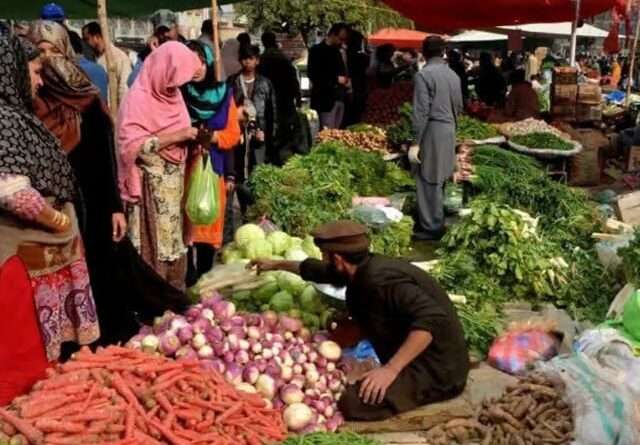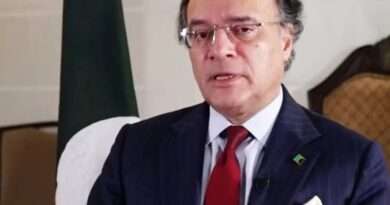Inflation Hits Nearly Decade-Low at 1.5%: A Turning Point for Pakistan’s Economy
|
Getting your Trinity Audio player ready...
|
Introduction
Pakistan has witnessed a significant decline in inflation, reaching a decade-low of 1.5% in February 2025. According to data released by the Pakistan Bureau of Statistics (PBS), this marks the lowest inflation rate since September 2015. The drop in inflation is seen as a positive sign amid the country’s economic recovery under the $7 billion International Monetary Fund (IMF) stabilization program.
Inflation Trends and Statistical Breakdown
Year-on-Year Inflation Decline
The February 2025 inflation rate of 1.5% is substantially lower than the finance ministry’s forecast of 2-3% and marks a sharp decline from 2.4% recorded in January. The trend indicates an improving economic outlook, driven by controlled spending and monetary policy adjustments.
Urban vs Rural Inflation Rates
- Urban inflation: 1.8%
- Rural inflation: 1.1%
This rural-urban inflation gap shows that inflation in rural areas has been even lower, possibly due to decreased demand and improved supply chains.
Fiscal Year Inflation Average
The average inflation rate for the first eight months of the fiscal year (July-February) stands at 5.85%, significantly down from 27.96% recorded in the same period last year. This sharp drop reflects the positive impact of economic stabilization measures.
Factors Contributing to the Inflation Drop
1. Impact of IMF Stabilization Program
The $7 billion IMF-backed stabilization program has played a critical role in improving Pakistan’s macroeconomic indicators. The program’s conditions, including tighter fiscal discipline and better exchange rate management, have helped ease inflationary pressures.
2. Easing Global Commodity Prices
Global commodity prices, particularly for oil and essential food items, have seen a decline. This reduction has contributed to lowering domestic inflation rates.
3. High Base Effect
Economists suggest that last year’s high inflation created a favorable base effect. Waqas Ghani, head of research at JS Global, noted that this statistical effect played a key role in the sharp drop in inflation.
4. Stronger Exchange Rate and Monetary Policies
The Pakistani rupee’s relative stability against the US dollar has reduced imported inflation. The State Bank of Pakistan’s (SBP) monetary policies have also contributed to stabilizing inflation.
Possible Inflation Risks and Future Projections
Despite the encouraging decline, experts warn of potential risks that could drive inflation higher in the coming months.
1. Ramadan-Driven Food Inflation
With Ramadan approaching, food inflation may rise due to increased demand. Prices of essential items like flour, sugar, and cooking oil are likely to surge.
2. Expected Inflation Uptick by March
Authorities predict that inflation could slightly increase to 3-4% in March, influenced by seasonal price hikes and adjustments in energy prices.
Government’s Response to Inflation
Crackdown on Price Gouging
Punjab Chief Minister Maryam Nawaz Sharif has ordered an aggressive campaign to curb inflation. She has directed commissioners and deputy commissioners to:
- Implement a strict crackdown on price gouging.
- Display official price lists prominently in markets.
- Monitor the supply and demand of essential commodities.
- Take strict action against hoarders.
Role of Punjab Chief Secretary
The Punjab Chief Secretary has been instructed to:
- Personally supervise anti-inflation campaigns.
- Present daily comprehensive reports on price fluctuations.
- Ensure quality control of essential food items.
Economic Outlook: What Lies Ahead?
Positive Indicators for Growth
The sharp drop in inflation has instilled confidence in financial markets and consumers. If the government continues to implement economic reforms effectively, the country may achieve sustainable price stability.
Challenges to Address
- Ensuring long-term control over food prices.
- Stabilizing energy costs to prevent sudden price shocks.
- Maintaining fiscal discipline to avoid a resurgence in inflation.
FAQs
1. What is the current inflation rate in Pakistan?
As of February 2025, Pakistan’s inflation rate stands at 1.5%, marking the lowest level since September 2015.
2. Why has inflation dropped so significantly?
The decrease is attributed to factors such as the IMF stabilization program, easing global commodity prices, a high base effect from last year, and stronger economic policies.
3. Will inflation rise again in the coming months?
Experts predict a slight increase to 3-4% by March due to seasonal food price hikes, particularly during Ramadan.
4. What steps is the government taking to control inflation?
The Punjab government has launched a crackdown on price gouging, hoarding, and artificial inflation. Officials are actively monitoring food supply and demand.
5. How does inflation impact the common people?
Low inflation benefits consumers by stabilizing prices of essential goods. However, sudden spikes in food or energy costs could still affect household budgets.




